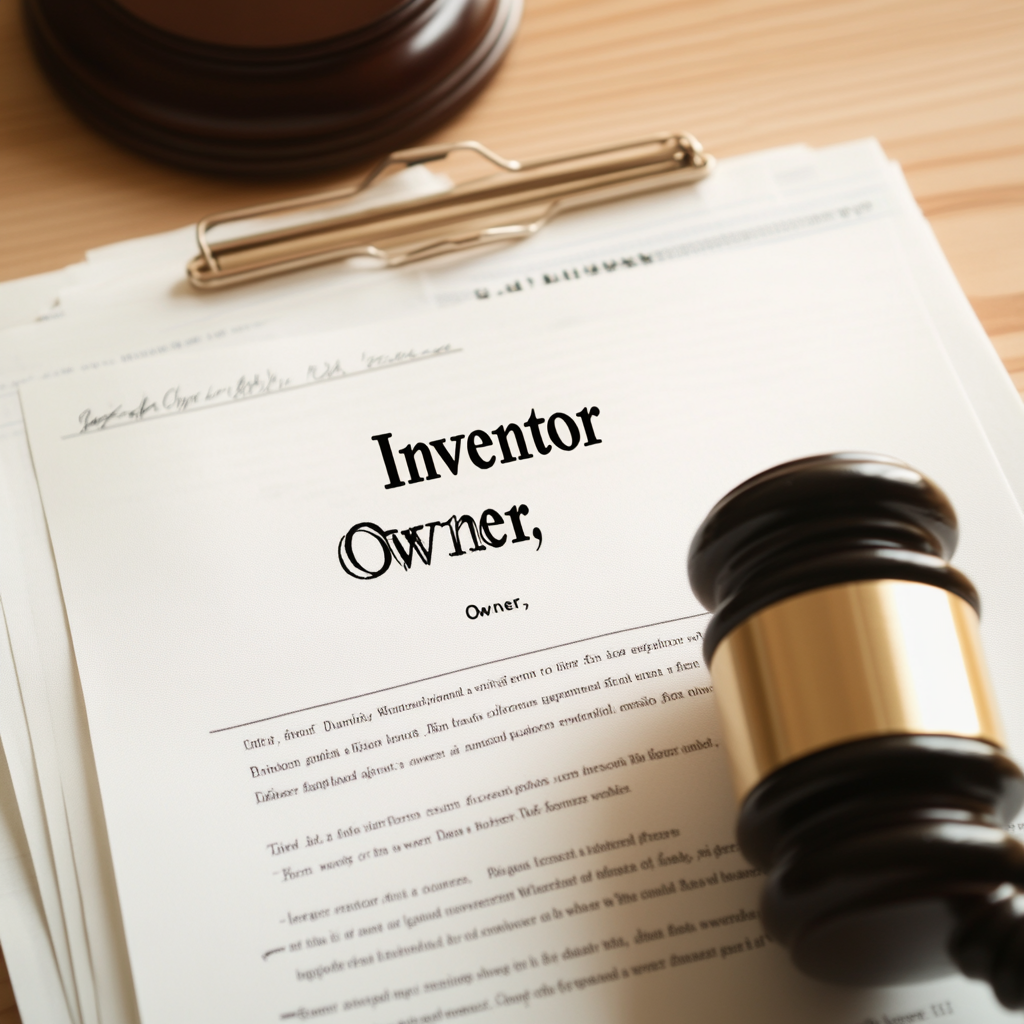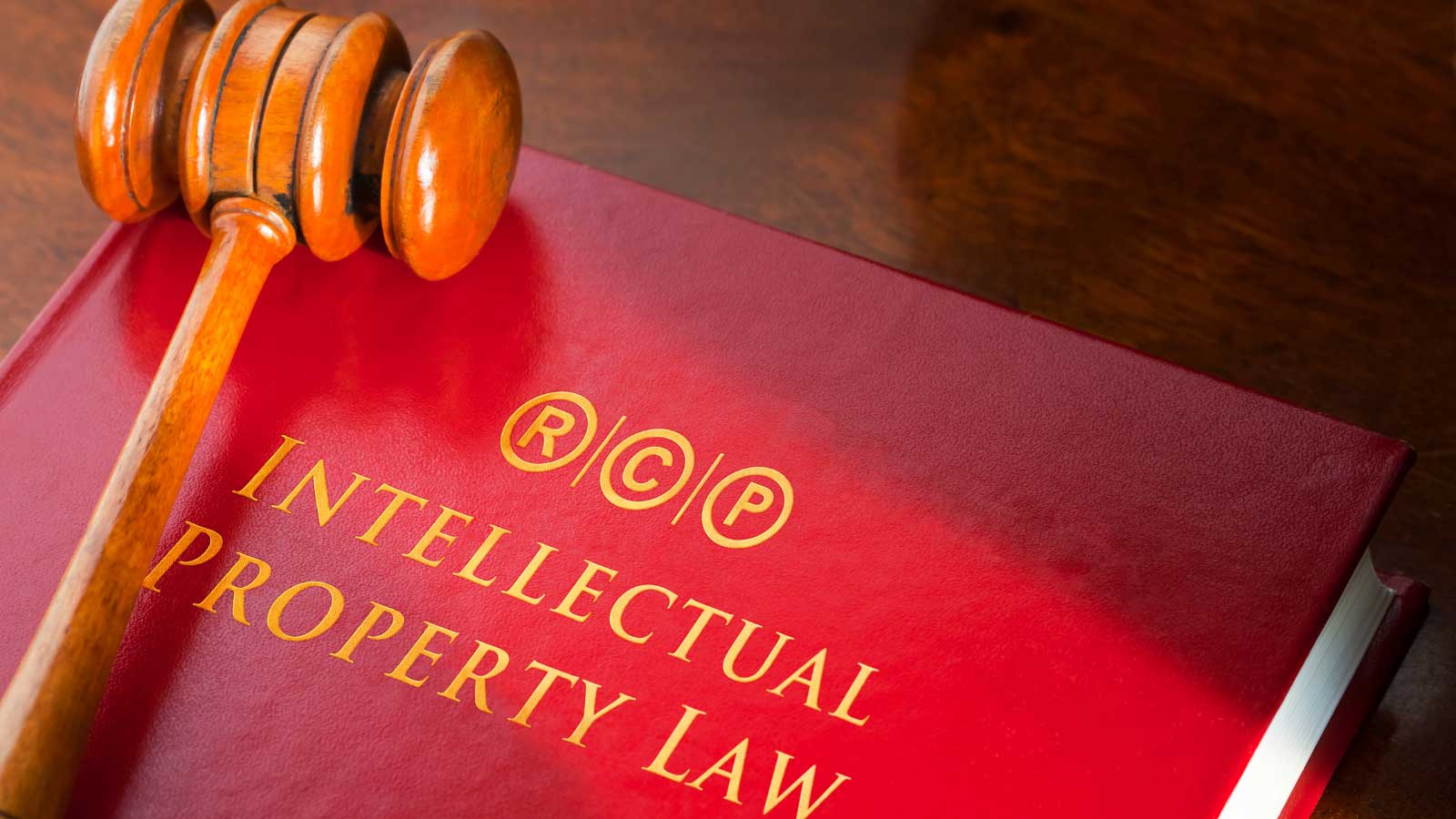When a groundbreaking idea is born, the excitement around its potential is undeniable. But before that innovation can make its mark, there’s one important matter to discuss. Who holds the rights to this intellectual property? Determining ownership isn’t just a legal formality, it defines who can protect, control, and profit from the invention.
Understanding the dynamics of patent rights is a must. This is the part where the guidance of a patent attorney becomes beneficial. With their knowledge and experience, all parties can better understand and secure their rightful claims, avoiding disputes and complications.
The Role of the Inventor in Patent Law
The inventor is the individual or group that conceives of the idea behind the invention and possibly also reduces it to practice. They are the ones who transform ideas into tangible innovations, bringing them to life. Inventors have several rights as well as duties that are essential to the patenting process. These include:
- Right to Be Named: Inventors have the right to be named in the patent application, acknowledging their contribution to the invention. This recognition is more than ceremonial, it reflects the intellectual contribution to the field.
- Right to Apply for a Patent: The originators of the invention have the initial right to apply for a patent. This right can be transferred or assigned to another party, such as a company or organization.
- Duty of Disclosure: Inventors must disclose all relevant information about the invention, including any prior art they are aware of, to the patent office. This transparency ensures the integrity of the patent application process.
- Contribution to Patent Application: Inventors play a huge role in drafting the patent application, particularly in describing the invention and its unique aspects. Their technical capabilities are invaluable in articulating the novelty and utility of the invention.
The Inventor’s Influence on Patent Control
The inventor’s role in controlling a patent often depends on their relationship with the entity that owns the patent. In some cases, inventors retain control over their patents, particularly when they operate independently. However, in many instances, inventors may assign their rights to a company or organization, influencing the dynamics.
- Independent Inventors: When inventors hold the patent themselves, they have full control over its use, licensing, and enforcement. This autonomy allows them to decide how their invention is commercialized and protects their interests.
- Corporate Inventors: Inventors employed by companies often assign their patent rights to their employers. While they may not dominate the patent, they may still influence its development and application within the organization.
Who is the Patent Owner? How It Differs from the Inventor

The patent owner is the individual or entity that holds the legal rights to the patent, including the right to use, license, or sell the invention. While the inventor is the creator of the invention, the patent owner is the party that benefits economically from the patent.
Responsibilities of the Patent Owner
- Enforcement of Rights: Patent owners have the responsibility to enforce their rights against unauthorized use or infringement of their patents.
- Commercialization: The owner decides how the patent is used, whether through direct commercialization, licensing agreements, or selling the patent.
- Maintenance Fees: Patent owners must pay maintenance fees to keep the patent active and enforceable throughout its term.
How Patent Ownership is Established

Determining who owns a patent is an important step in the development of innovations, as it affects how an idea is used and commercialized. Various contractual mechanisms help define and allocate these rights. Below is an overview of the most common methods used to establish patent ownership:
- Assignment Agreements: This involves a formal transfer of rights from the inventor to another party, typically outlined in a written agreement. Assignment agreements are widely used in business transactions, licensing deals, and when selling intellectual property, making them the most common method for transferring patent ownership.
- Employment Contracts: Many companies include specific clauses in their employment contracts that require employees to assign patent rights to the employer. These clauses ensure that any invention made during the course of employment—especially those using company resources or related to job duties—belongs to the company. This practice is standard in industries like technology, pharmaceuticals, and manufacturing.
- Joint Ownership: In cases where an invention is the result of collaboration, patent ownership may be shared among the contributors. Joint ownership gives each party specific rights and responsibilities, such as licensing the patent, enforcing it, or selling their share. However, it requires clear agreements to prevent conflicts or misunderstandings.
Understanding Patent Assignment Agreements
Knowing the specifics of patent assignment agreements is crucial for anyone involved in transferring patent rights. These agreements outline the steps required to transfer ownership, clarify who benefits from the invention, and establish the terms for future use and licensing. Without a clear understanding, parties might face challenges or misunderstandings that could impact the patent’s value and enforceability.
Components of a Patent Assignment Agreement
- Identification of Parties: Identifies the assignor (the party transferring rights) and the assignee (the party receiving rights).
- Description of Patent: Provides a detailed description of the patent being assigned, including its title, application number, and filing date.
- Terms and Conditions: Outlines the terms of the transfer, including any compensation or consideration involved, and the effective date of the assignment.
- Signatures and Witnesses: Requires signatures from both parties and, in some cases, witnesses, to validate the agreement.
Importance of Assignment Agreements
- Flexibility: These agreements allow inventors and companies to negotiate terms that align with their interests, facilitating the commercialization of inventions.
- Legal Clarity: Clear agreements help avoid disputes over ownership and ensure all parties understand their rights and obligations.
- Alignment of Interests: Establishing ownership aligns the interests of the inventor and the owner, facilitating the commercialization and protection of the invention.
Impact of Employment on Patent Ownership
Employment relationships significantly influence patent ownership, particularly in technology-driven industries where innovation is a core component of business strategy. Companies often establish policies and agreements to ensure they retain ownership of inventions developed by their employees.
Key Considerations for Employers and Employees
- Scope of Employment: Inventions developed within the scope of employment, using company resources or during work hours, are typically considered the property of the employer.
- Employee Retention: Clear ownership policies can enhance employee retention by ensuring inventors are recognized and rewarded for their contributions.
Balancing Interests
- Recognition and Incentives: Employers should balance ownership rights with incentives for employees, offering recognition and rewards for innovative contributions.
- Clear Communication: Transparent communication of ownership policies and expectations can prevent disputes and foster a culture of innovation.
Resolving Disputes Between Inventors and Owners
Disputes between inventors and owners can arise over the control and rights associated with a patent. Effective resolution of these disputes is crucial for maintaining clear ownership and avoiding lawsuits.
Common Disputes:
- Inventorship: Disputes may arise over who is credited as the inventor of a patent. Accurate inventorship is important for valid patent rights and proper recognition.
- Ownership Rights: Conflicts can occur over who holds the ownership rights to a patent, especially in cases involving assignments or employment agreements.
Resolution Mechanisms:
- Negotiation: Parties can resolve disputes through negotiation, reaching an agreement on ownership and rights without lawful acts.
- Mediation and Arbitration: Alternative dispute resolution methods, such as mediation or arbitration, can help resolve conflicts more efficiently than court proceedings.
- Legal Action: In some cases, disputes may require legal action to determine ownership and resolve conflicts, involving court proceedings and judgments.
Transferring Patent Rights
Transferring patent rights involves several key steps to ensure a smooth and legally binding transfer. These steps are important for the assignor and the assignee to understand and follow.
Steps in Transferring Patent Rights
- Drafting the Assignment Agreement: The first step is to draft a clear and comprehensive assignment agreement that outlines the terms of the transfer.
- Due Diligence: Both parties should conduct due diligence to ensure the patent is valid, enforceable, and free of encumbrances.
- Negotiation and Agreement: Parties negotiate the terms of the transfer, including any compensation or consideration, and reach a mutual agreement.
- Execution of the Agreement: Once the agreement is finalized, both parties sign the document, making the transfer legally binding.
- Recording with the Patent Office: The assignment must be recorded with the relevant patent office to ensure public notice of the transfer and protect the assignee’s rights. Additionally, recording at the state level may be required.
Choosing the Right Patent Lawyer for Your Invention
An attorney to obtain patents can help ensure that all legal requirements are met and that the process is handled efficiently. A professional can guide you through the patenting process, ensuring your invention is properly protected and your rights are enforced.
What To Look For When Choosing a Patent Attorney
- Competency: It’s best to seek an attorney with a strong background in your specific field of invention, ensuring they understand the technical and legal aspects of your innovation.
- Track Record: Evaluate the attorney’s track record in successfully securing patents and handling related lawful matters, such as licensing and enforcement.
- Communication Skills: Choose an attorney who communicates clearly and effectively, ensuring you understand the patenting process and your options.
- Reputation and References: Seek recommendations from peers and colleagues, and check the attorney’s reputation within the business community.
The Role of Patent Attorneys
- Patent Application: They assist in drafting and filing the patent application, ensuring all technical requirements are met.
- Legal Advice: Attorneys provide legal advice on patentability, ownership, and enforcement, helping clients make informed decisions.
- Negotiations and Disputes: They can assist in negotiating agreements and resolving disputes, protecting your interests throughout the patent lifecycle.
If you need a trusted patent attorney, Heimlich Law PC is ready to help. We understand that securing a patent can be a complex task. Our job is to handle the legal side of things, ensuring your patents are filed correctly and your intellectual property is safeguarded.
We offer support, focusing on what matters most to you—protecting your innovations. With us, you’ll have a team committed to making the patent process as smooth as possible. Talk to our intellectual property lawyers to learn how we can assist you and maximize the value of your intellectual property.






